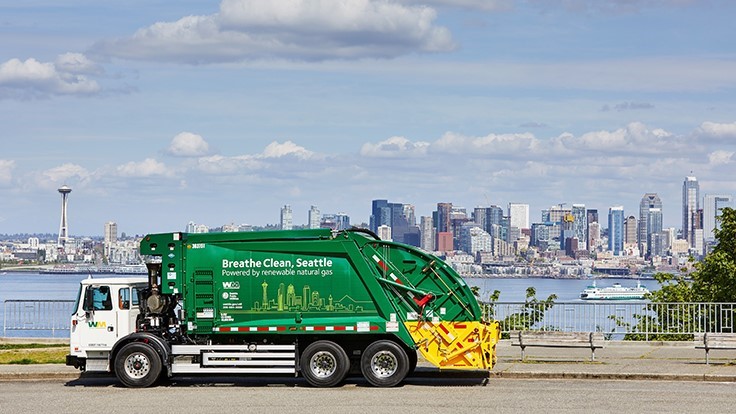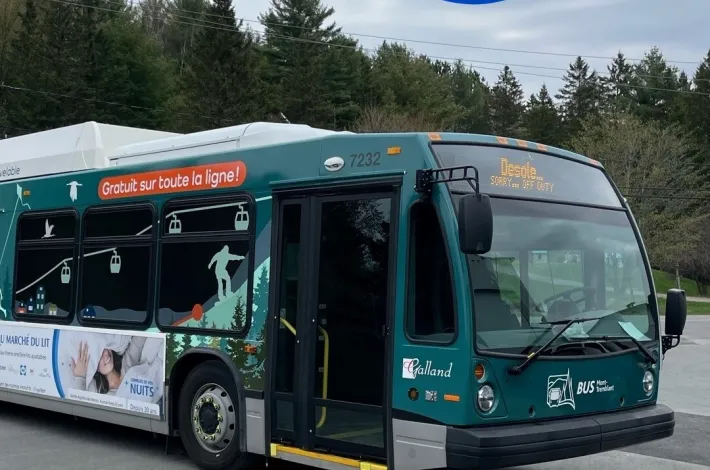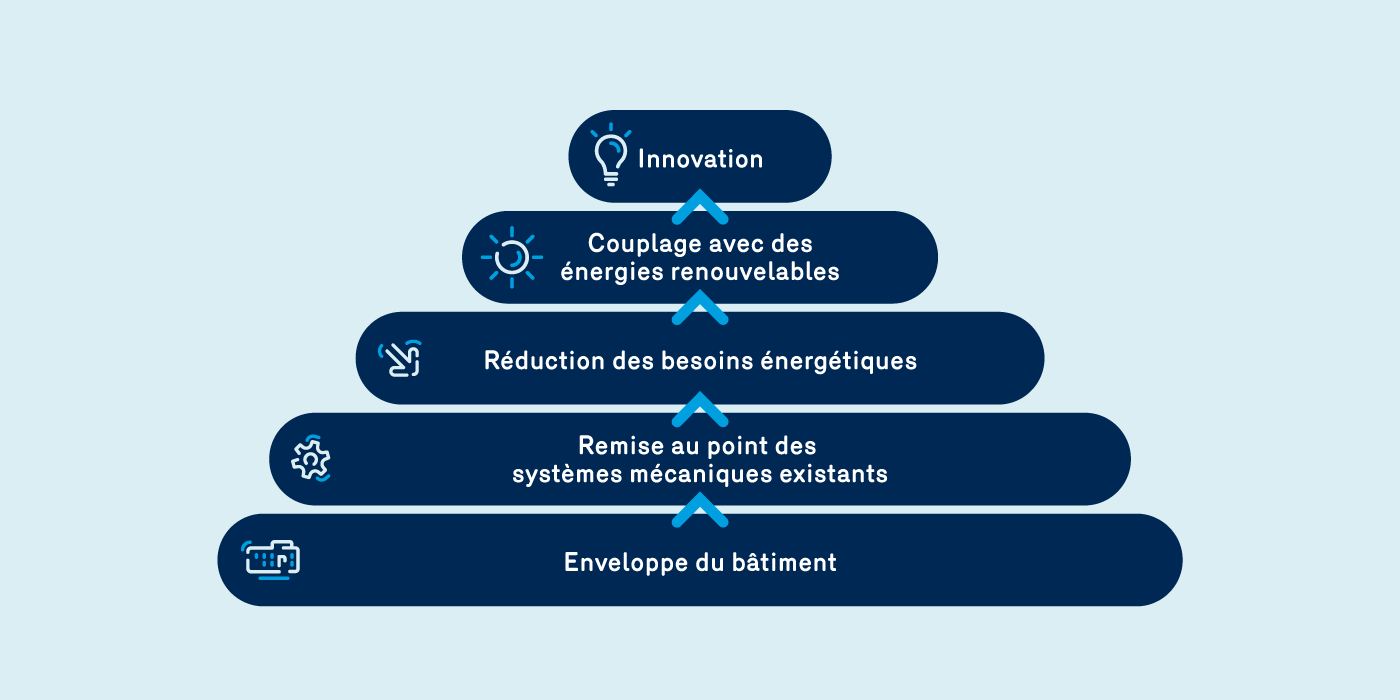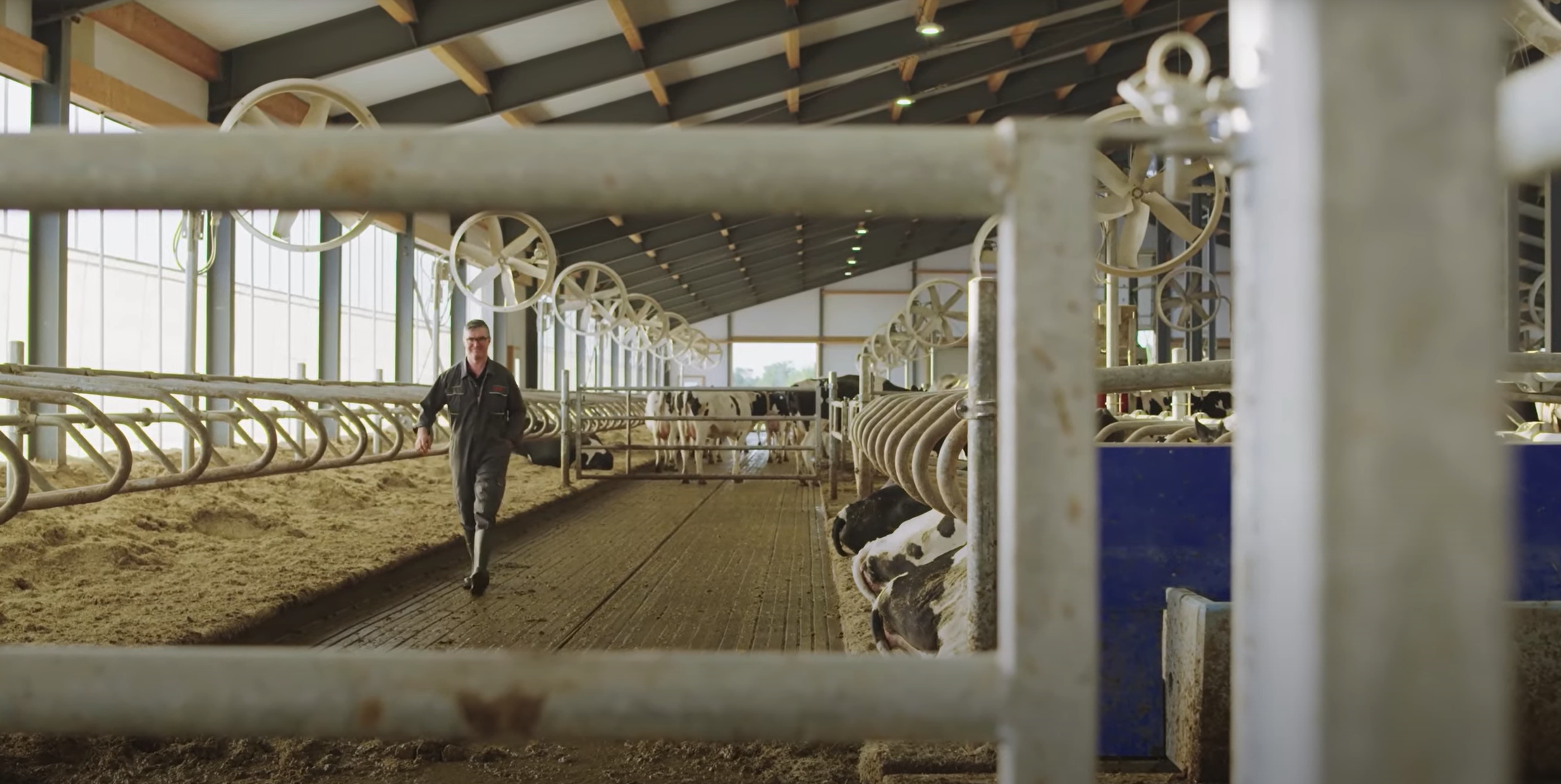
Renewable natural gas at the heart of three innovative energy projects

All over the world, people are rethinking how energy is produced and used so as to optimize the benefits for the planet. In North America, municipalities are innovating to help in the fight against climate change and take part in the energy transition. Their tool of choice? Renewable natural gas (RNG)!
Responsible waste management in Toronto, Canada
In support of its waste management strategy, the City of Toronto has decided to convert the organic waste it collects into renewable natural gas. In addition to being injected into the existing gas network, RNG produced from organic materials can be used to fuel the trucks collecting that same waste. We can therefore say that nothing is lost, nothing is created, but that everything is transformed into a circular economy!
This initiative will eventually enable Toronto to produce approximately 64 million cubic metres of renewable natural gas per year: the equivalent of taking 35,000 cars off the road for a year. The innovative nature of this project was recognized by an Energy Vision Leadership Award in 2018.

RNG-powered buses in New York City in the U.S.
Did you know? New York’s Metropolitan Transportation Authority (MTA) is the largest public transit system in North America, serving a population of 15.3 million people. In 2019, the MTA issued a request for proposals for the purchase of ultra-low carbon renewable natural gas to power 800 New York City buses currently running on compressed natural gas (CNG).
Switching to renewable natural gas has not required any changes to buses, engines or refuelling infrastructure for the MTA, which means it will not increase maintenance costs and might even save money!
The MTA is the first organization operating such a large fleet of vehicles in New York City to switch to RNG, thereby improving the health of New Yorkers, especially those living in neighbourhoods with high rates of asthma. Indeed, according to the California Air Resources Board, renewable natural gas is the least polluting fuel for vehicles.
This initiative will also make it possible to recover more than 650,000 tonnes of organic waste and reduce CO2 emissions by about 40,000 tonnes per year. In short, renewable natural gas will enable New York State to meet its goal of reducing GHG emissions by 40% by 2030, with transportation remaining the main source of emissions.

91 RNG-powered trucks in Seattle in the U.S.
A national leader in waste management services, Seattle Public Utilities (SPU) is committed to protecting the environment, including by reducing greenhouse gas emissions to reduce its environmental footprint. The organization aims to be carbon neutral by 2050!
To achieve its goal, since 2003 SPU has been deploying “The Green Fleet”, a fleet of municipal vehicles that now includes nearly 200 vehicles powered by renewable energy. In May 2019, through a partnership agreement with Waste Management, SPU added 91 RNG-powered waste collection trucks.
This initiative has made Seattle a model for U.S. cities in the fight against climate change and has garnered numerous awards of recognition over the years. With renewable natural gas, Seattle has been seeing a 70% reduction in GHG emissions compared to diesel.

There’s energy in the bits we don’t use! Organic waste makes an outstanding raw material for producing renewable natural gas. Waste can be used to create clean local energy from 100% renewable resources. This reduces GHG emissions in two ways: by replacing a fossil fuel with renewable energy, and by preventing the methane emissions associated with landfilling residual organic matter.
You may also like...



Energy, Sustainable development
Énergir and Quebec City, united for waste recoveryPopular articles

The Maslow energy efficiency pyramid: A winning approach to successful energy efficiency projects
See the article
Coop Agri-Énergie Warwick, a model of environmentally responsible agriculture
See the article
Saving energy while keeping customers comfortable: the winning recipe at Marchés IGA Lambert
See the article